What do table tennis and artificial intelligence have in common?
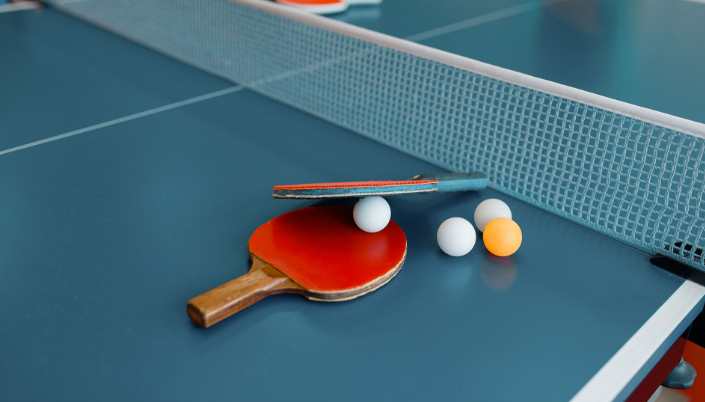
Amanda Studnicki, captain of her high school tennis team and a four-year veteran of college tennis, along with her adviser, University of Florida biomedical engineering professor Daniel Ferris, have discovered how the brains of tennis players react to table tennis to human and mechanical opponents. The findings suggest that human opponents provide a realism that cannot be replaced by machines, increasingly common and sophisticated robots must understand the response of our brains to make our artificial companions more natural.
The Ferris lab has long studied the brain’s response to visual cues and motor tasks, such as walking and running, with the help of Amanda Studnicki, the lab decided that table tennis was the perfect sport to address the complex movements questions.
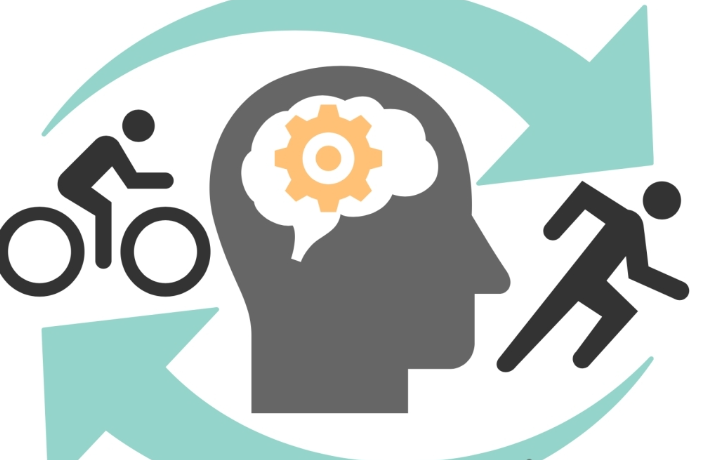
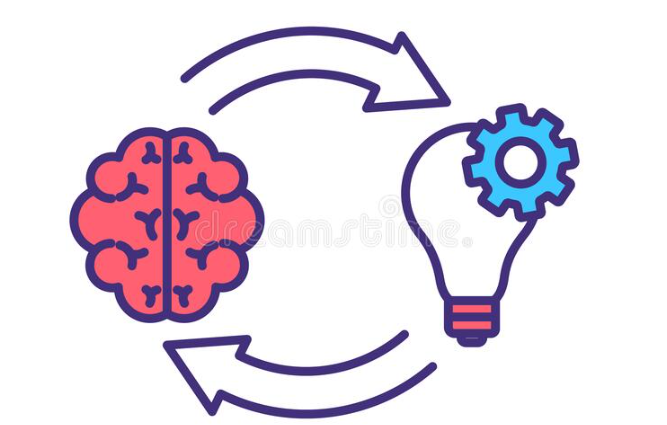
With all the electrodes scanning the players’ brain activity, Studnicki and Ferris were able to tune into the region of the brain that converts sensory information into movement, known as the parieto-occipital cortex. The researchers analyzed dozens of hours of play against Studnicki and the ball machine; when playing against another human being, the players’ neurons worked in unison, as if they all spoke the same language.
In contrast, when the players faced a machine that served balls, the neurons in their brains were not aligned with each other, in the world of neuroscience, this misalignment is known as desynchronization. In summary, the study shows that human opponents are more realistic than machines and can help in sports training and the creation of more natural artificial partners.
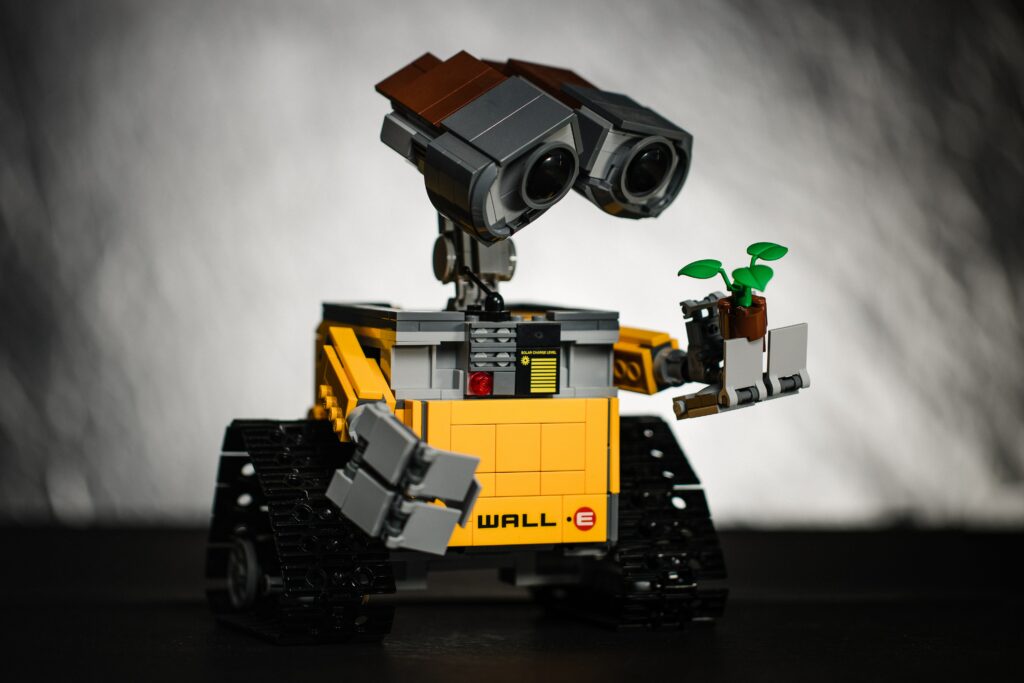
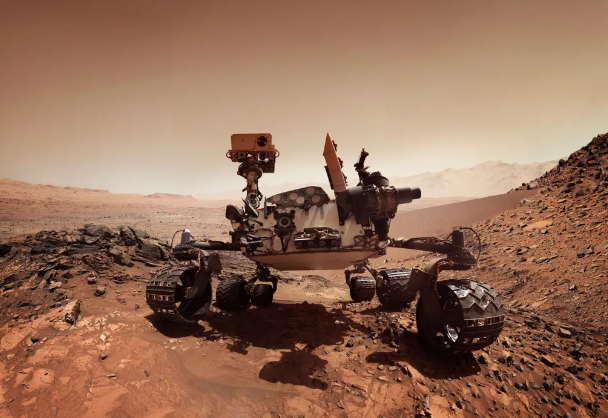
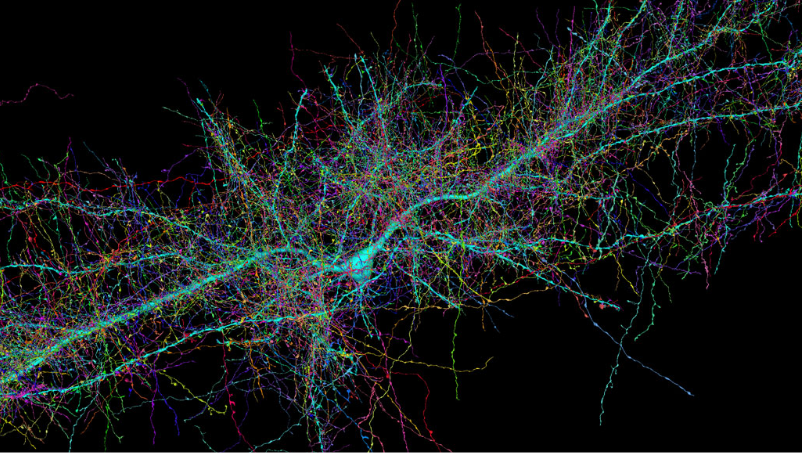
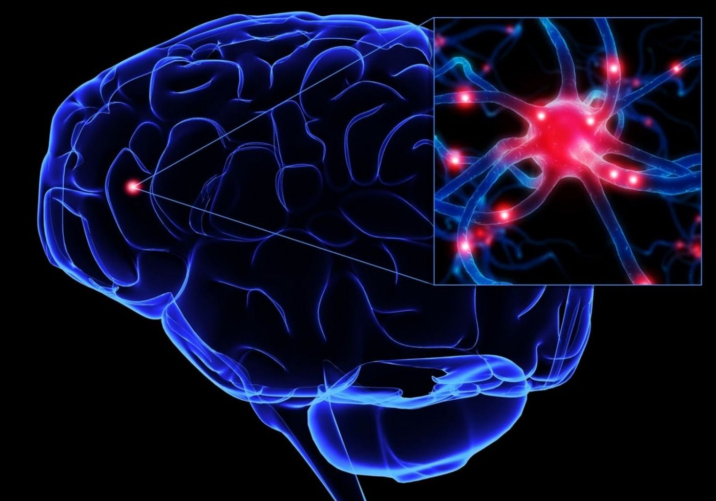
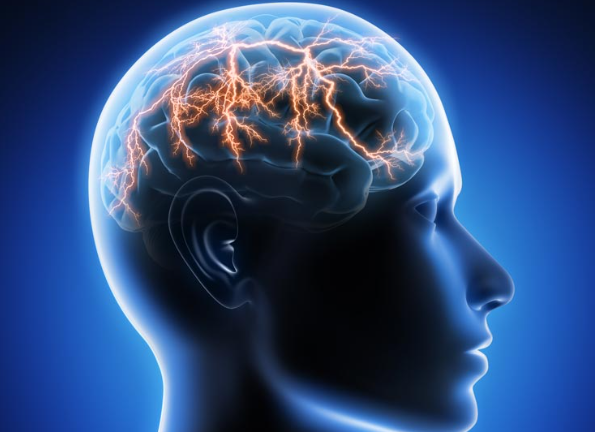
Responses